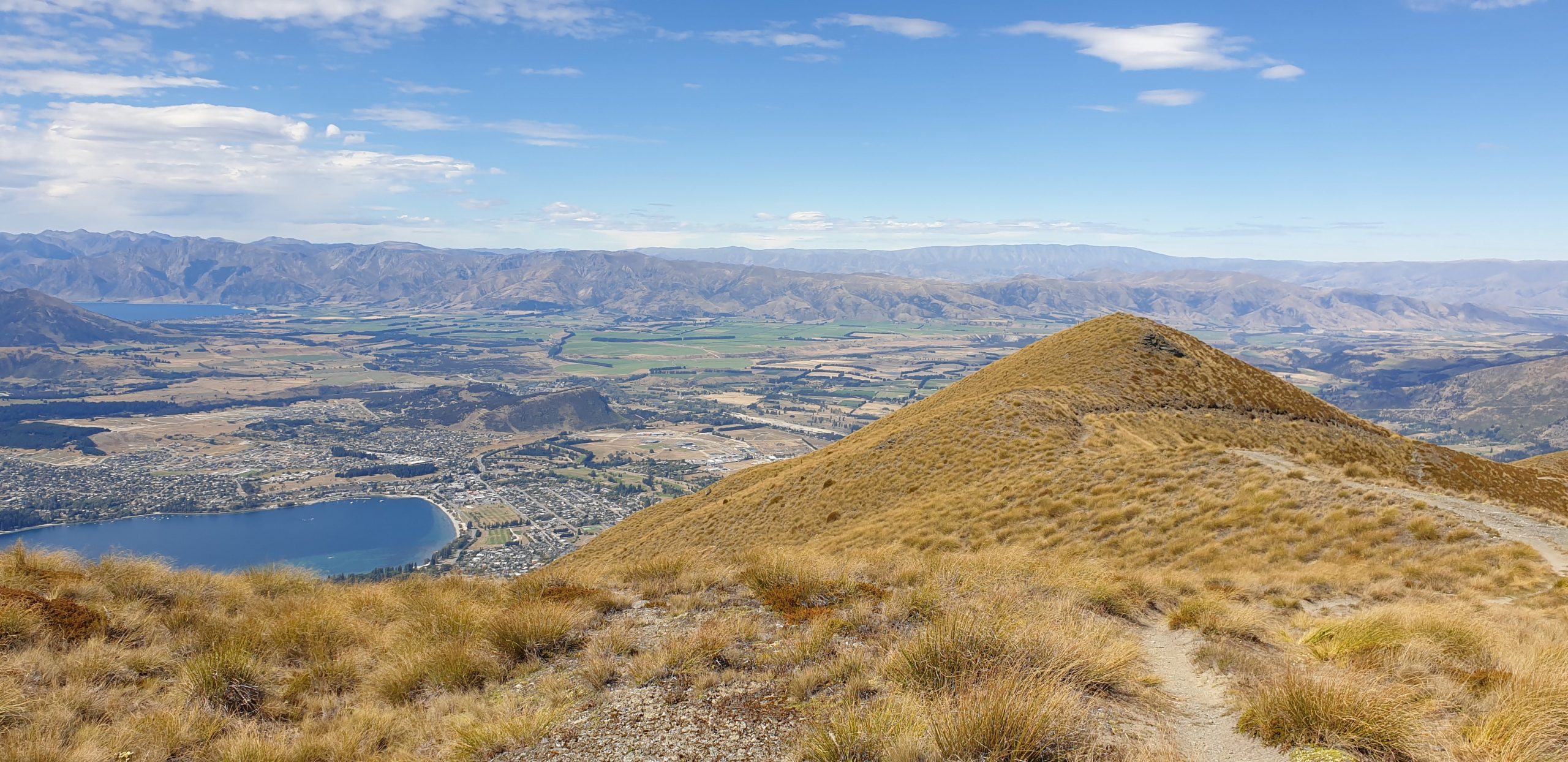The Upper Clutha Environmental Society (UCES) has lashed out at the Queenstown Lakes District Council’s long-running review of landscape schedules and development capacity in its district plan.
The council recently chose 29 priority landscapes in the Wakatipu and Upper Clutha to be included in a landscape values study ahead of a hearing to vary ‘‘chapter 21 rural zone’’ of the proposed district plan.
However, the society said in a strongly worded submission to the plan change that the process should be renotified because the council had not studied development capacity of all rural character landscapes.
The council received about 200 submissions when the submissions period closed on Friday.
UCES president Julian Haworth said on Tuesday the council’s process had prejudiced the community because rural landscapes would be less protected from inappropriate development.
‘‘If they are not done, we don’t know what development they can absorb.
‘‘Without these studies, it becomes ad-hoc development.
‘‘An applicant can say, ‘there’s no landscape values, so it fits in’,’’ Mr Haworth said.
The UCES submission alleges, among other things, that the council acted in ‘‘bad faith’’ because it had agreed in May 2020 to do all the landscape assessments to avoid a High Court appeal against Environment Court district plan decisions. That convinced the UCES to withdraw the appeal.
When the council notified the 29 priority areas in June, council planning and development general manager Tony Avery told the Otago Daily Times there were not enough landscape architects available to do all the VIF assessments and the Environment Court had set a deadline to identify priority landscapes, ‘‘with the remaining work to be completed as soon as possible’’.
Mr Avery confirmed this week ‘‘it remains very difficult’’ to find landscape architects.
He would he not be responding to the UCES submission via the media.
Each submission would be considered by the independent hearing panel, Mr Avery said.
Asked if the variation should be renotified, Mr Avery replied: ‘‘It has already been publicly notified and people have fully engaged with the process as illustrated by the number of submissions.’’
Mr Haworth told the Otago Daily Times yesterday there were just four lower profile VIF landscapes to study, which he believed the council could have and should have done in two weeks for about $10,000.
Mr Avery did not share Mr Haworth’s opinion.
‘‘No, the assessment needs to be properly undertaken and carefully considered. Council has begun to arrange this. It is dependent on the availability of suitable qualified landscape architects and hence we aren’t able to confirm time scales and a specific budget at this stage,’’ Mr Avery said.
The community could trust the council to complete the other studies, he said.
‘‘This has already been conveyed to the UCES and previously reported in the ODT,’’ he said.
Landscape architect Di Lucas has assessed the priority Upper Clutha landscape values on behalf of the society.
But Ms Lucas said she had done no more than a ‘‘very preliminary capacity consideration’’ of the VIF landscapes the council had not yet studied because she understood the council had committed to do that.





